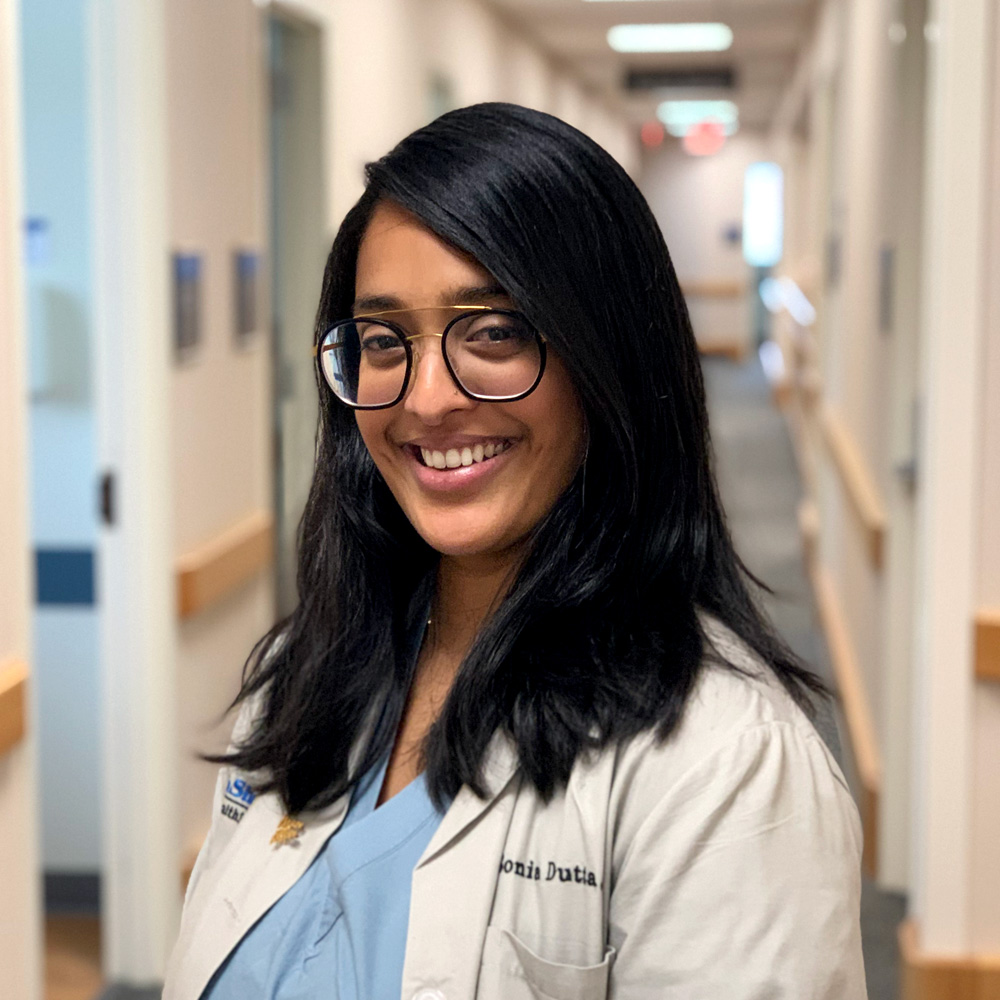

Less pain! Shorter hospital stays! Back to work in no time! These are all things that many women can expect expect when surgery is performed via small, keyhole incisions in the abdomen (laparoscopy). Dr. Sonia Dutta arrived to our team with a keen interest in laparoscopy, and offers this type of surgery to patients on a regular basis.
https://www.northshore.org/apps/findadoctor/physicians/sonia-dutta
Laparoscopic surgery means complicated surgeries can be performed with only a few tiny incisions. Through these little cuts, your physician will introduce a high definition camera and several intricate instruments to perform surgery that was previously only completed through a large abdominal incision.
When a woman has prolapse, surgeons secure lightweight, surgical-grade mesh to the walls of the vagina and then attach it to the ligament over the tail bone. This allows for a resuspension of the vagina to a more normal position. We now know that treatment of pelvic organ prolapse via laparoscopic approaches achieves similar success rates as our traditional open approaches, but with significantly fewer complications.
In some cases, laparoscopy may be assisted by the Davinci Robot. This option involves the same basic set of benefits from the patient perspective, and your surgeon will advise you as to whether standard laparoscopy or robotic-assisted laparoscopy seems to be the best match.
FUN FACT: Gynecologists were the first physicians to regularly perform laparoscopic surgery for short, simple conditions, with the first hysterectomy (removal of uterus/womb) completed in the 1940s.